Graf von Faber-Castell
Graf von Faber-Castell Pen Of The Year 2021 The Knights Rollerball
Graf von Faber-Castell Pen Of The Year 2021 The Knights Rollerball
Couldn't load pickup availability
Share
The Pen of the Year 2021 is inspired by medieval knights, their heroes, myths and legends. In those days, the strongest prevailed, therefore skilful sword fighting and the nature of his weapons played a central role in a knight’s life. To forge the knightly swords medieval smiths used Damascus steel, which was regarded as particularly hard while being flexible. Its extraordinary properties are achieved through repeated welding and folding of different types of steel, which also produces the typical iridescent surface. It is thanks to this feature that every one of the 375 fountain pens and 125 rollerball pens in this limited Pen of the Year edition is truly unique.
260 YEARS TRADITION AND SPIRIT
In 2021, Faber-Castell celebrates its 260th anniversary looking back on its long tradition. When Baroness Ottilie von Faber married Count Alexander zu Castell-Rüdenhausen in 1898, the King of Bavaria gave his approval to the new name Faber-Castell. For centuries the Counts and Lords of Castell have embodied knightly virtues such as loyalty, courage and care for their subjects. When Count Alexander linked his famed aristocratic name with that of the globally renowned company in 1898, the company’s unmistakable identity was born. The image of the two chivalrously fighting knights with their stories, values and virtues, whose lances were replaced by pencils, became the symbol of this self-image.
Therefore the Pen of the Year 2021 is inspired by medieval knights, their heroes, myths and legends. The young men’s training took 14 years. In addition to hunting, riding, loyalty, spirituality and martial arts, it also included dancing, swimming and climbing. Upon completion of the training at the age of 21, the men received their knightly accolade ennobling them.
LEATHER AND GEMSTONE
KNIGHTLY VIRTUES
LIFE AT COURT
THE ART OF FORGING
UNIQUE MASTERPIECES
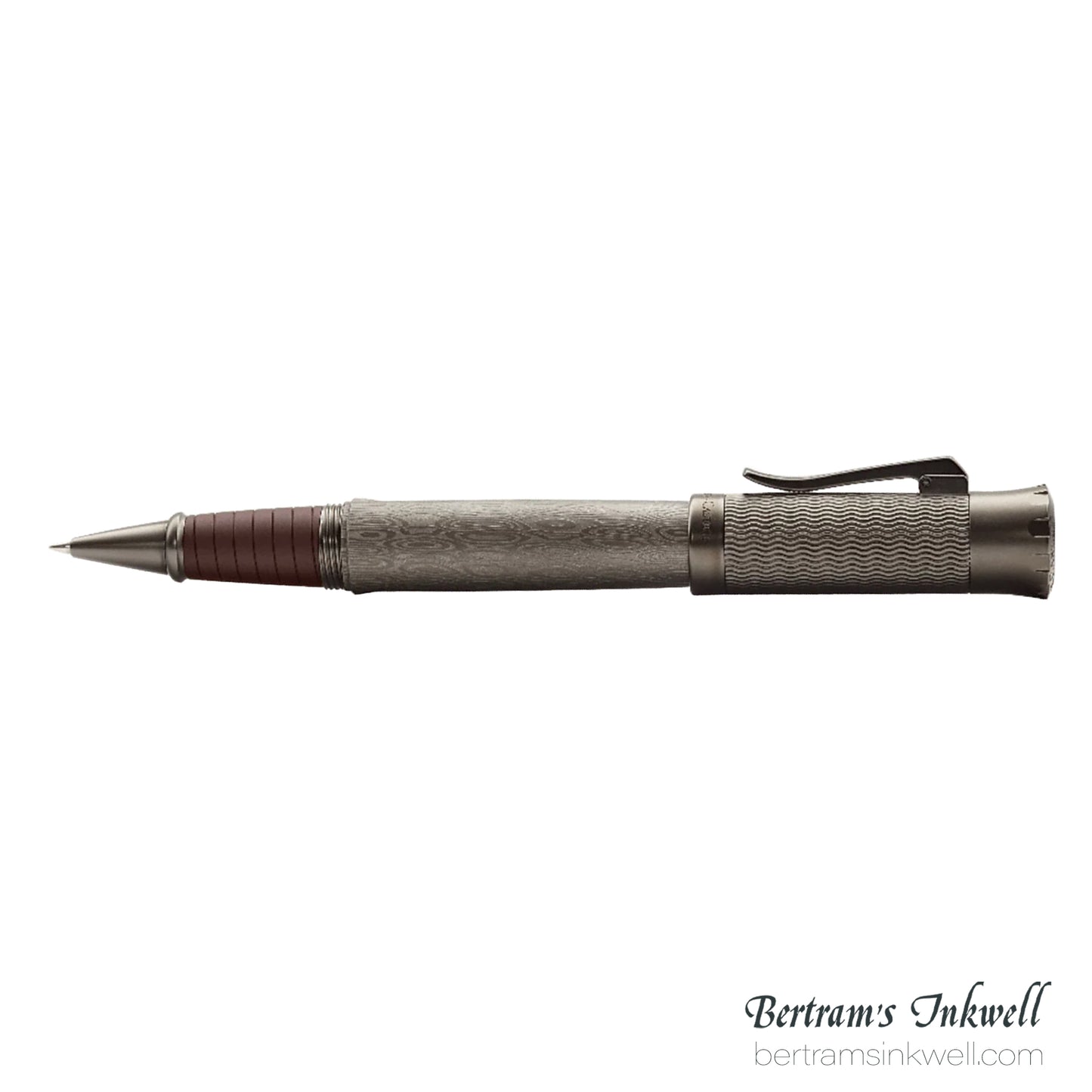
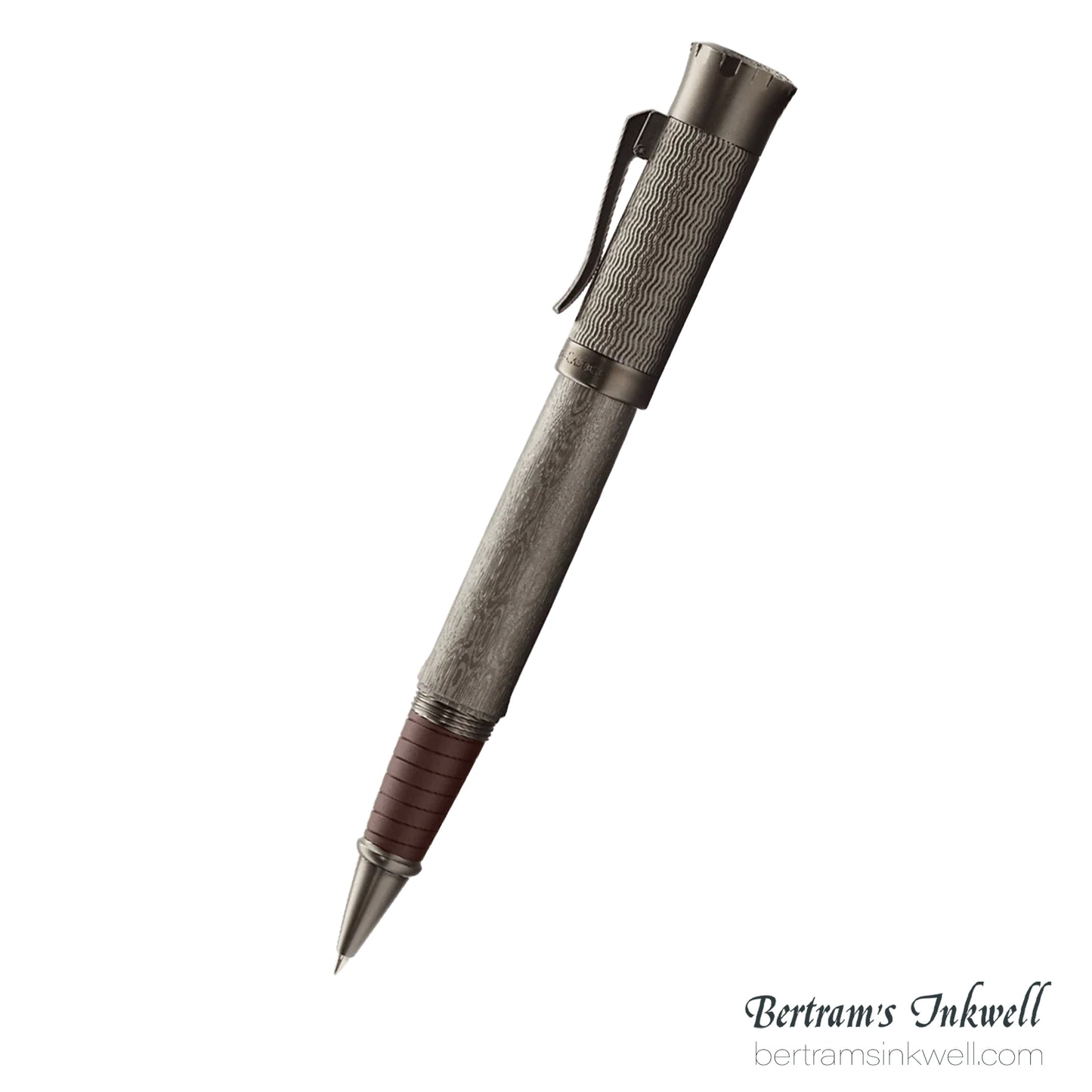
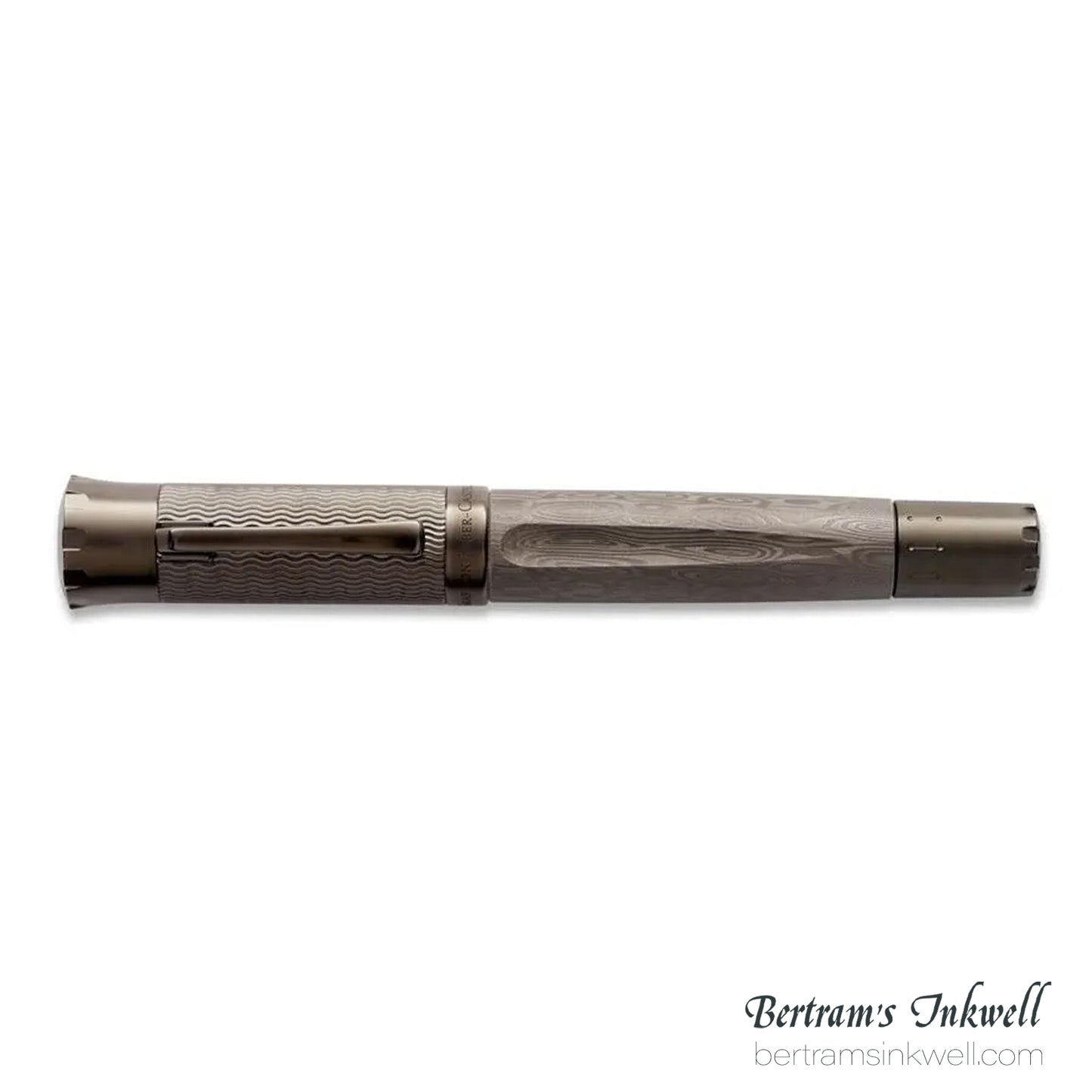
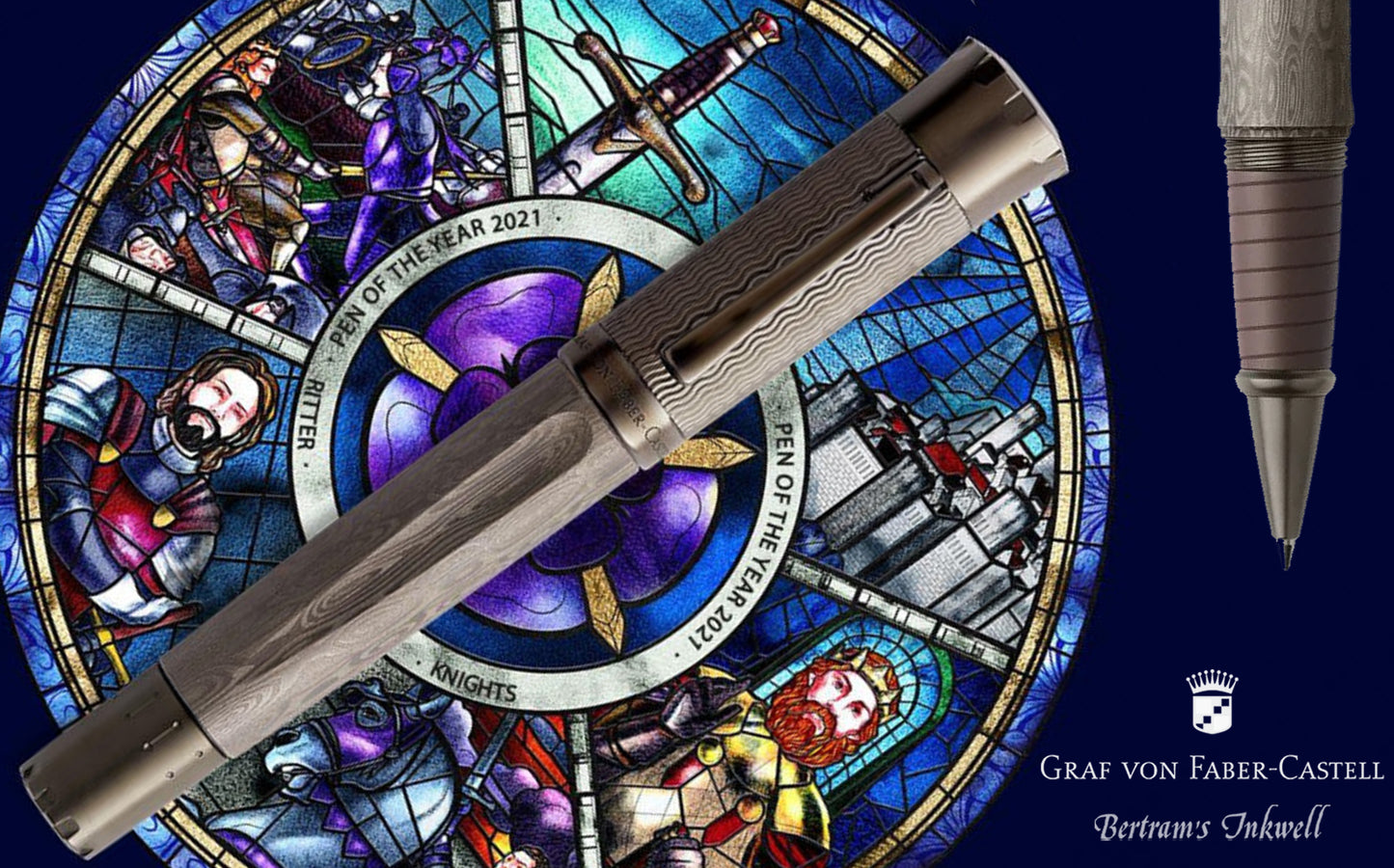
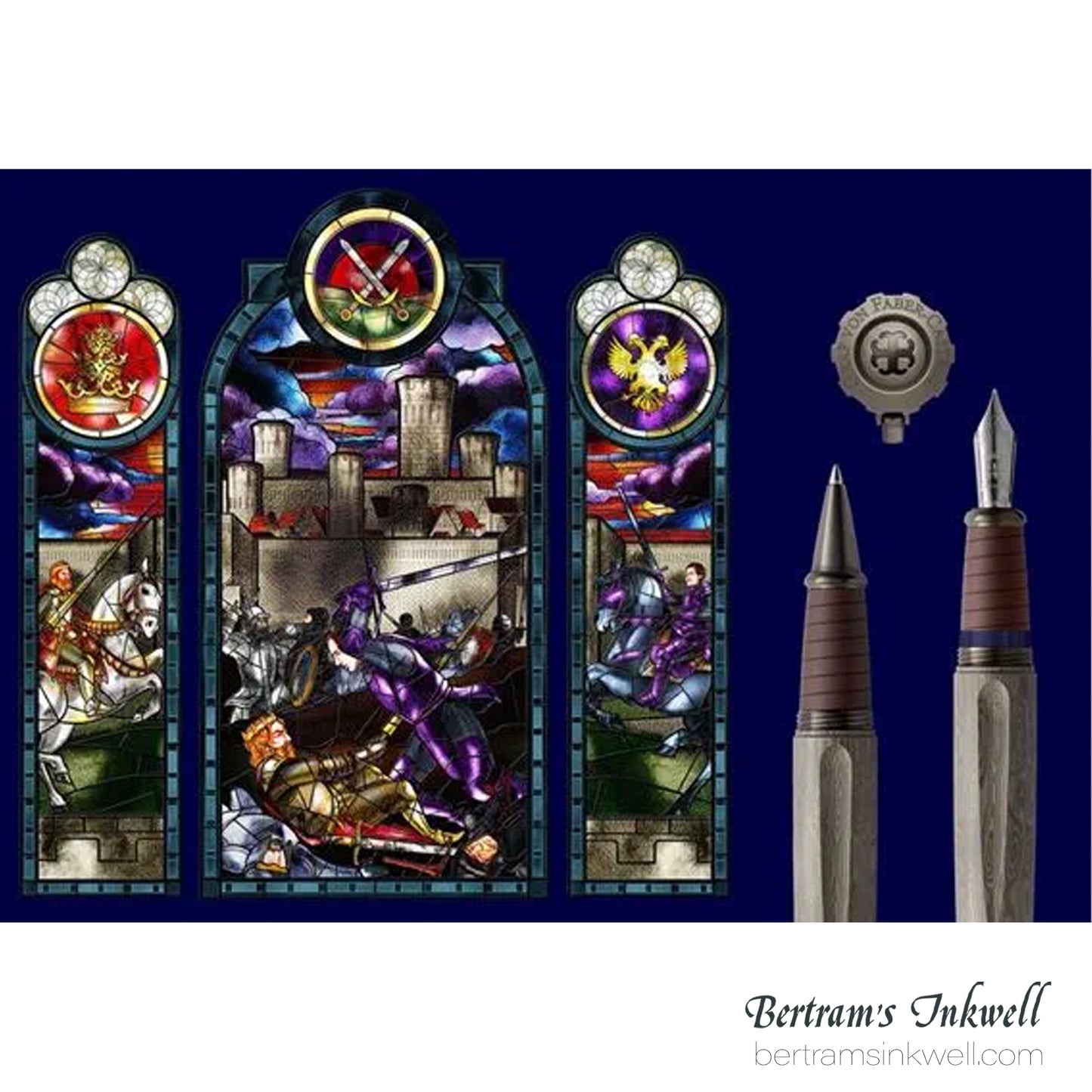
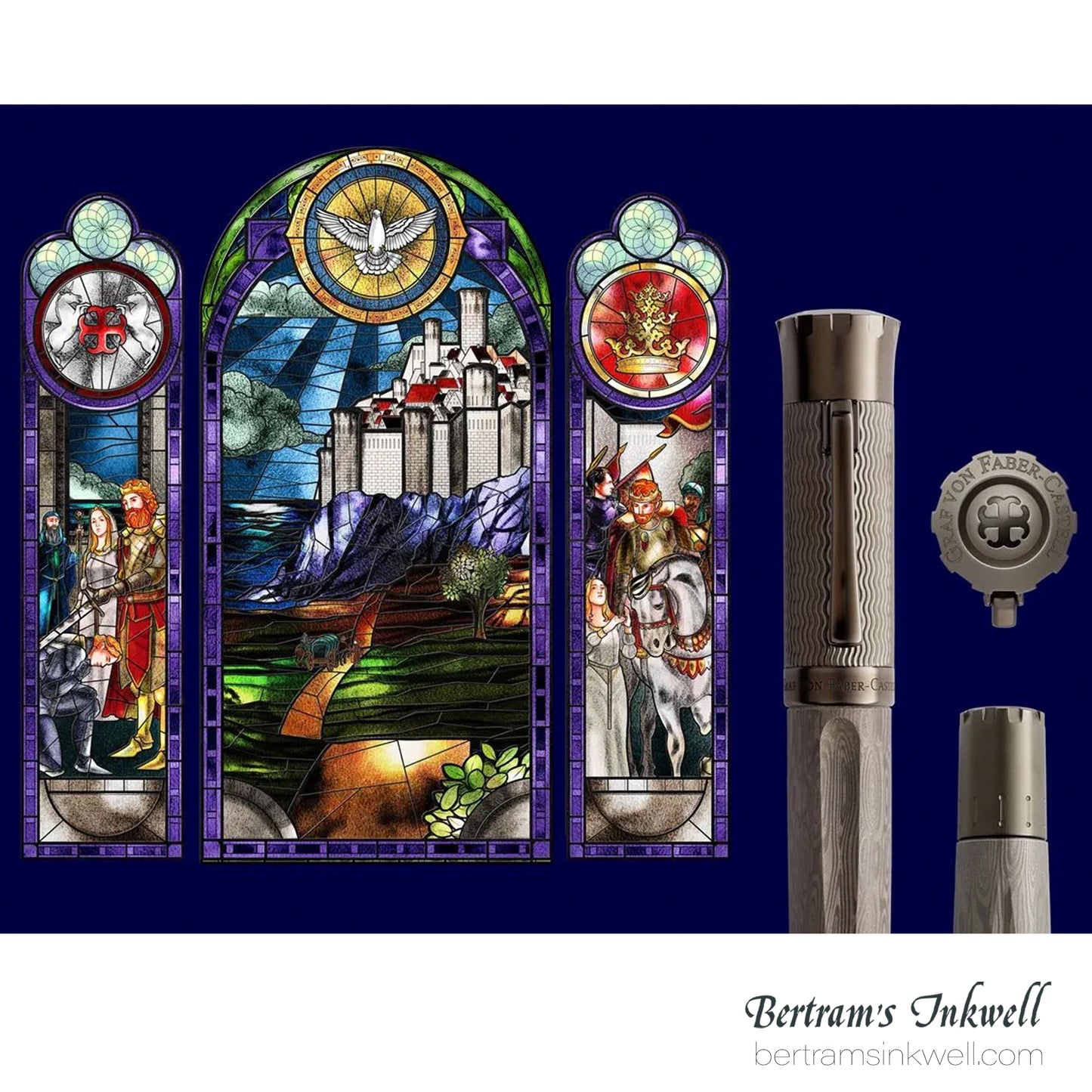
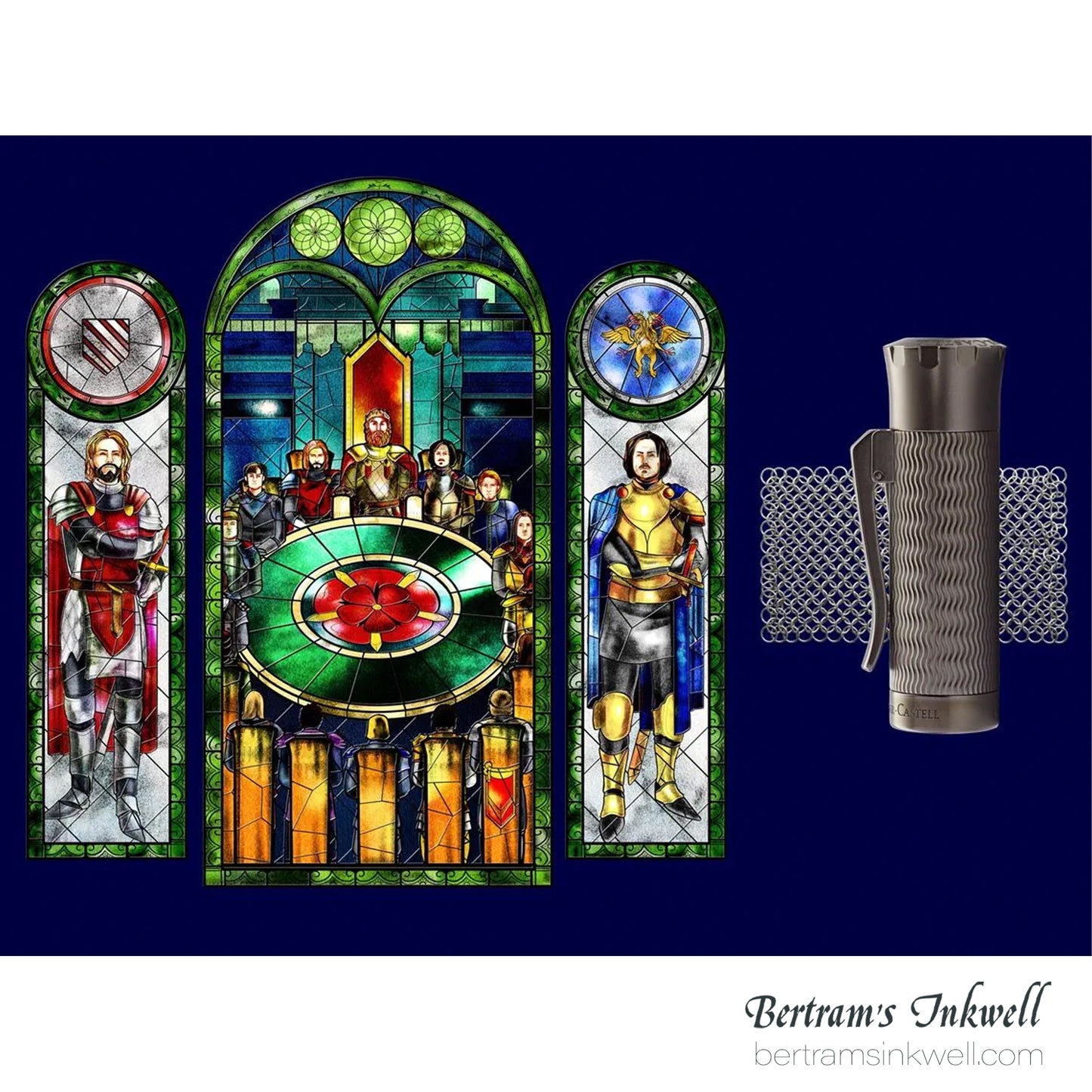
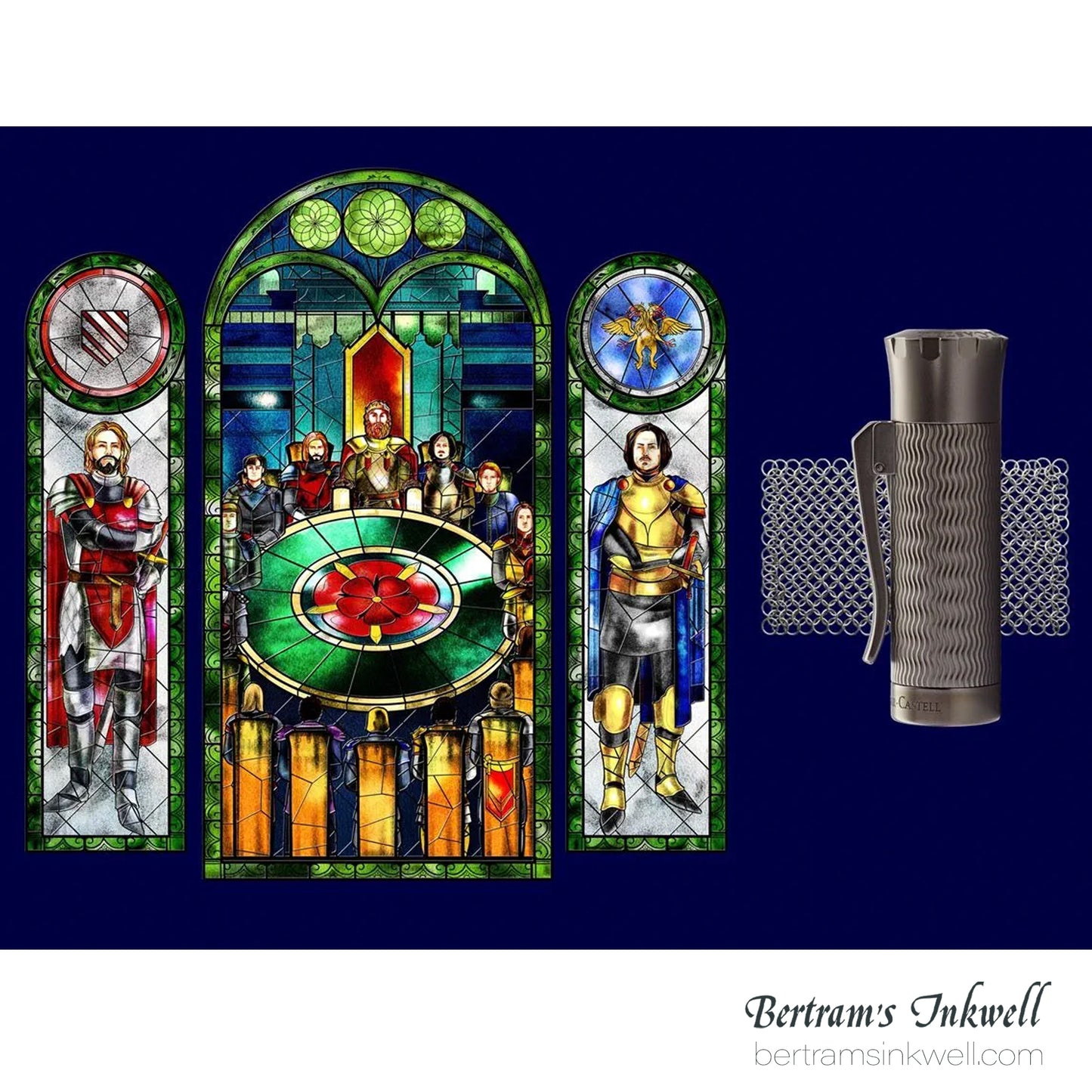

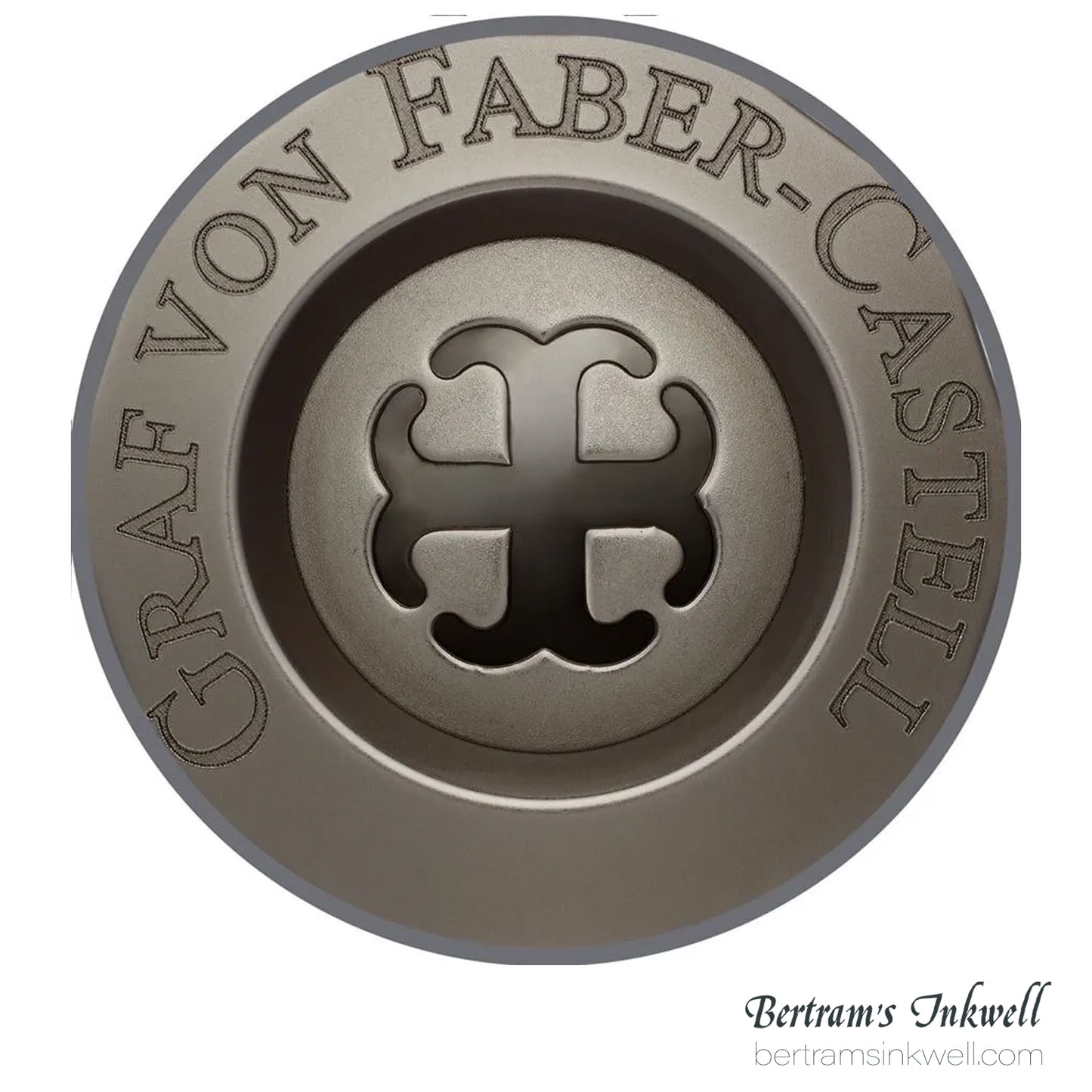
Bertram's Inkwell Gift Cards can be redeemed on-line, in person, or over the phone!
A gift card is often given as a present because it allows the recipient to choose exactly what they want to buy from Bertram's Inkwell, providing flexibility and ensuring they get something they will actually use, especially when you might not know their exact tastes or needs very well; it's a convenient way to give a thoughtful gift without the guesswork of picking out a specific item.
Here are several reasons why gift cards have become a cherished option for marking special occasions and celebrating important events:
1. **Personalization**: By opting for a gift card from Bertram's Inkwell, you show that you’ve taken the time to consider the recipient’s individual preferences, making the gift feel uniquely tailored to them.
2. **Flexibility**: The recipient enjoys the freedom to choose whatever they truly wish for within the card's value, ensuring they receive a gift that brings them joy and satisfaction, free from the risk of unwanted items.
3. **Convenience**: Gift cards can be effortlessly purchased, and available for digital delivery, allowing you to send a thoughtful gift instantly, saving you time and hassle.
4. **Budget Control**: You have the ability to select a gift card amount that aligns perfectly with your budget, allowing you to give generously while staying within your financial means.
5. **Suitability for Diverse Tastes**: When you’re unsure of someone's specific interests or preferences, a gift card opens the door to endless possibilities, empowering them to choose something that truly captures their imagination and meets their desires.
Shop by writing instrument type:
-
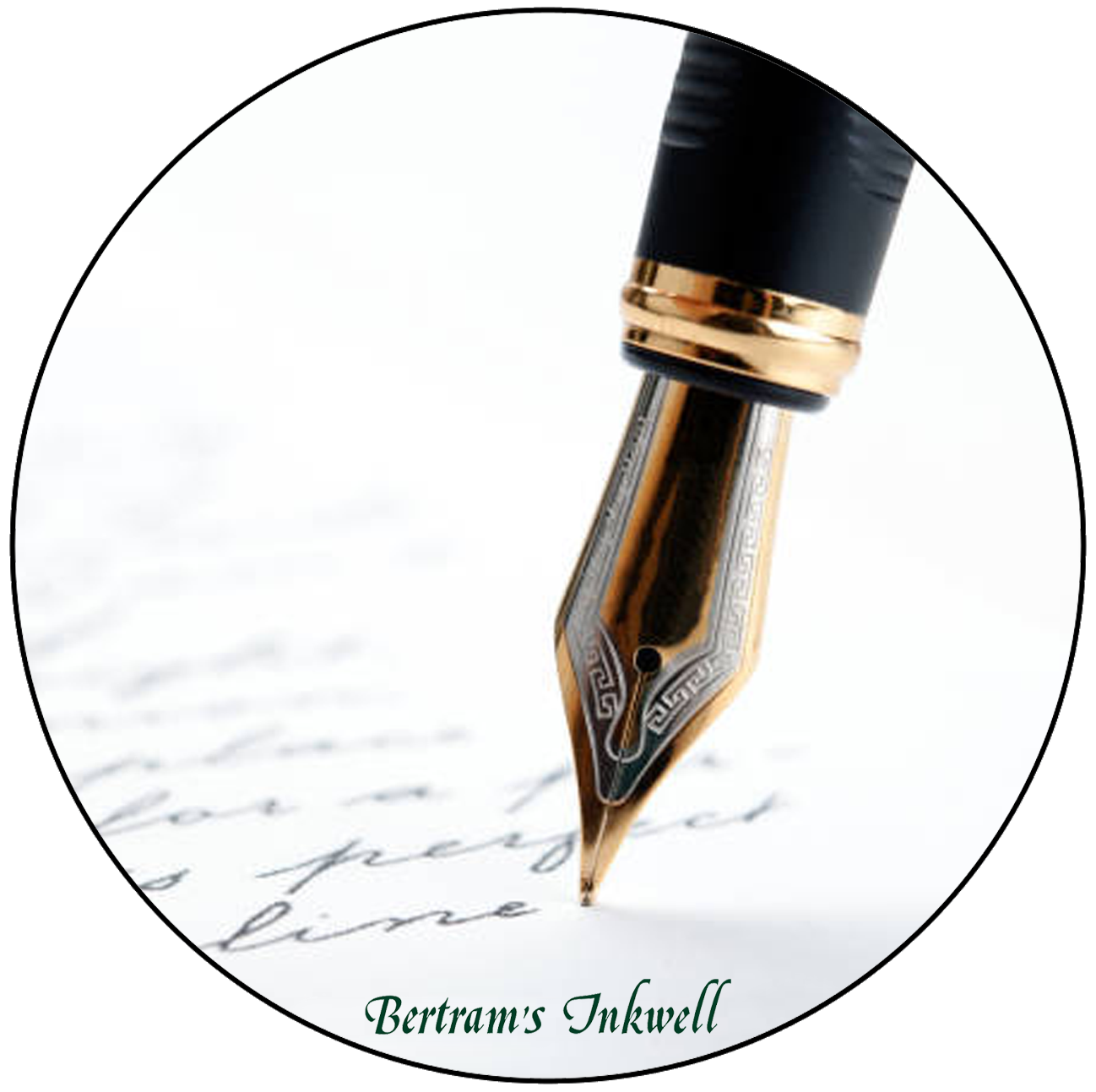
Shop Fountain Pens
Fountain pens are the epitome of timeless elegance and superior writing experience....
-
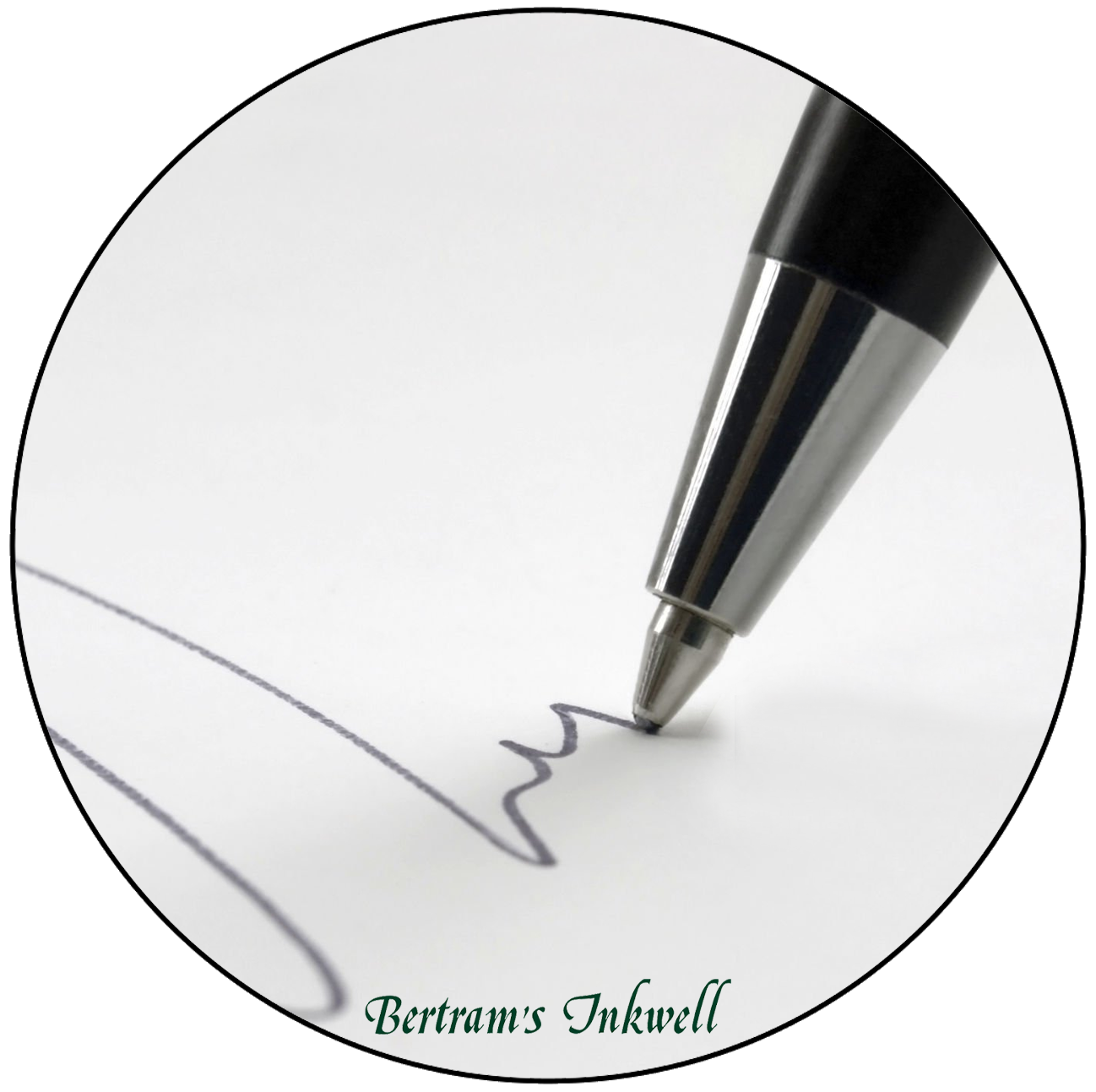
Shop Rollerball Pens
Immerse yourself in our captivating collection of rollerball pens featuring an array...
-
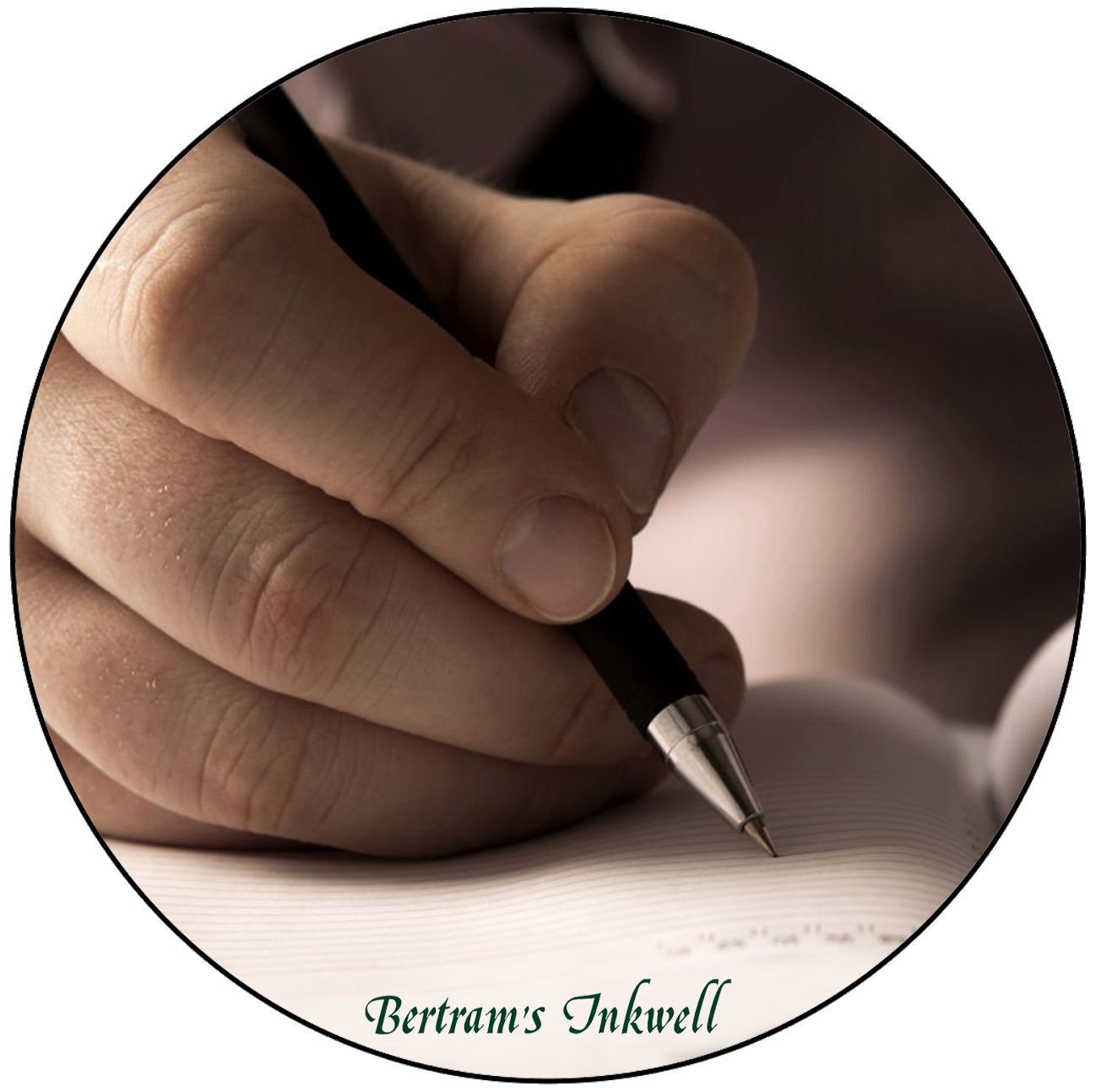
Shop Ballpoint Pens
Immerse yourself in our expansive collection of ballpoint pens, showcasing an array...
-
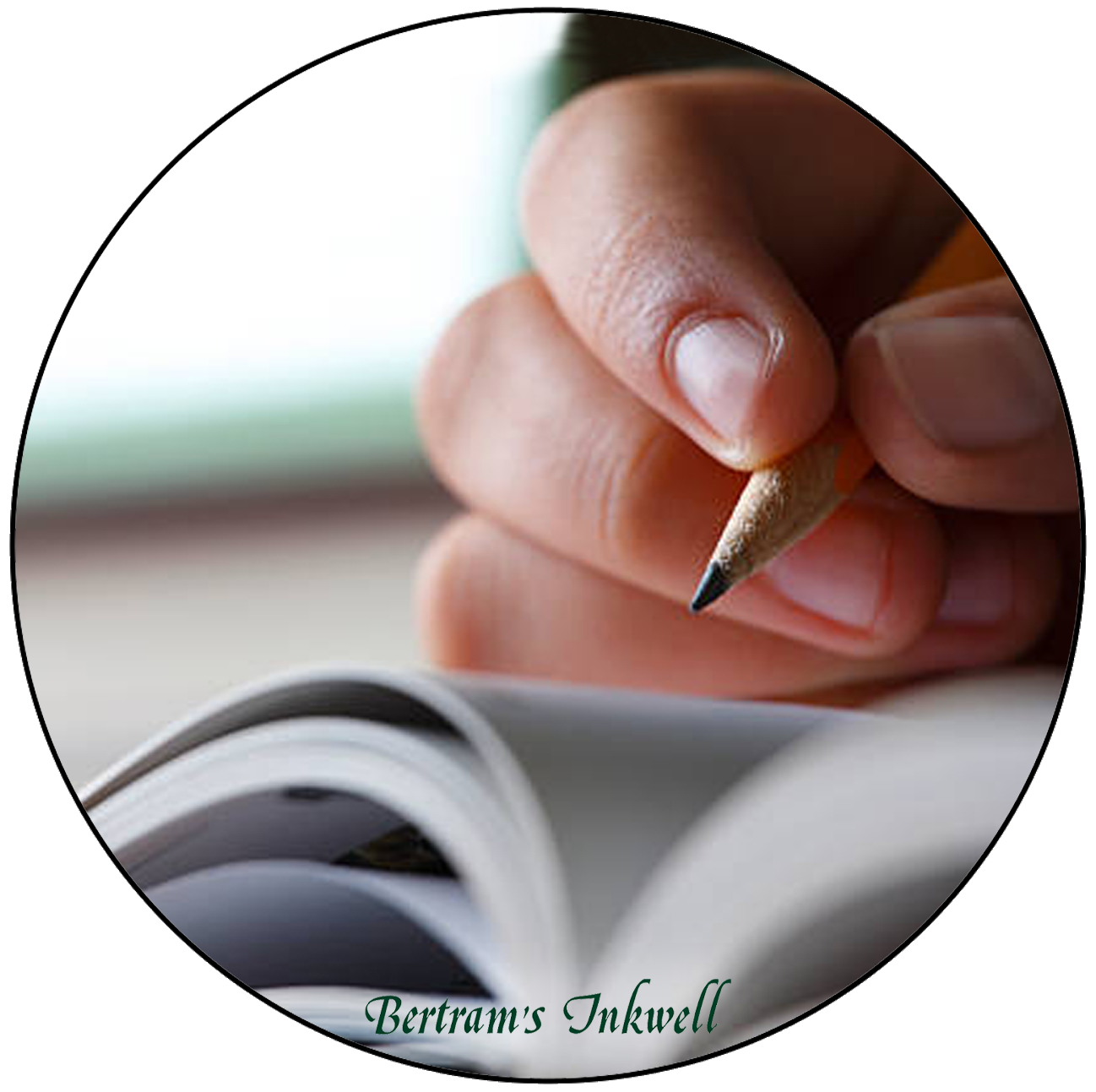
Shop Pencils
Discover our exceptional collection of pencils from the brands you know and...














